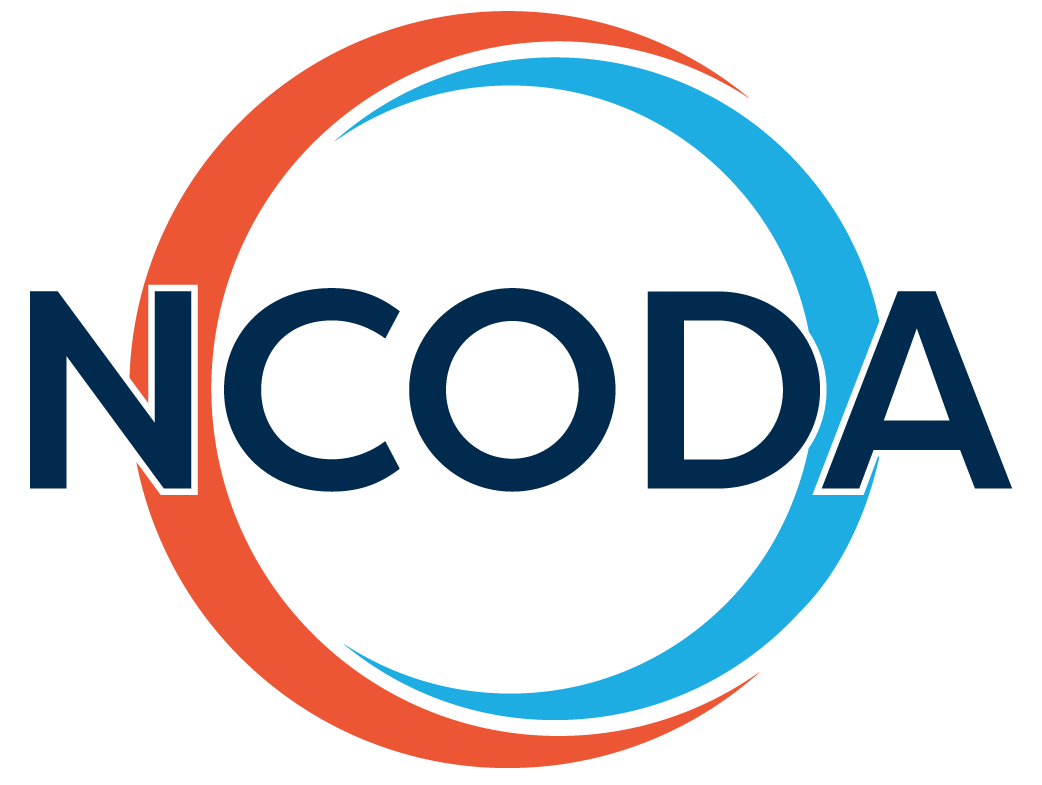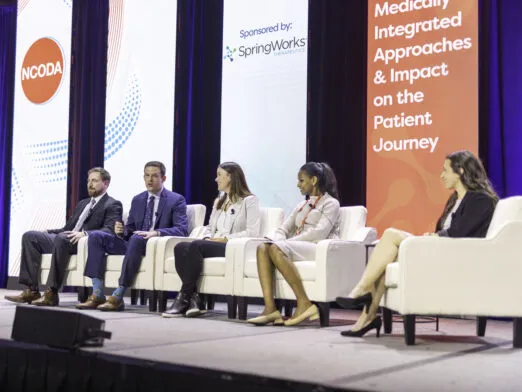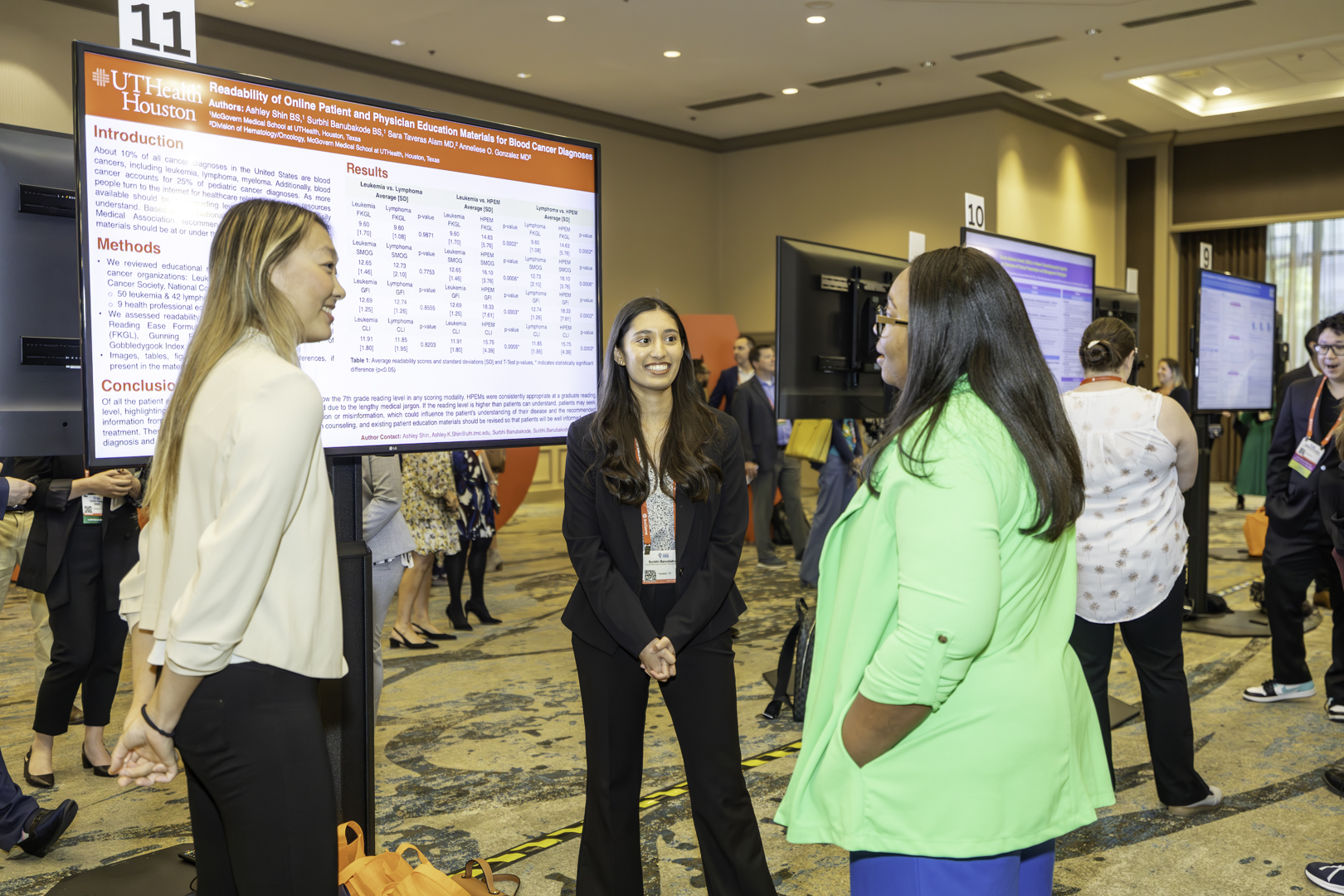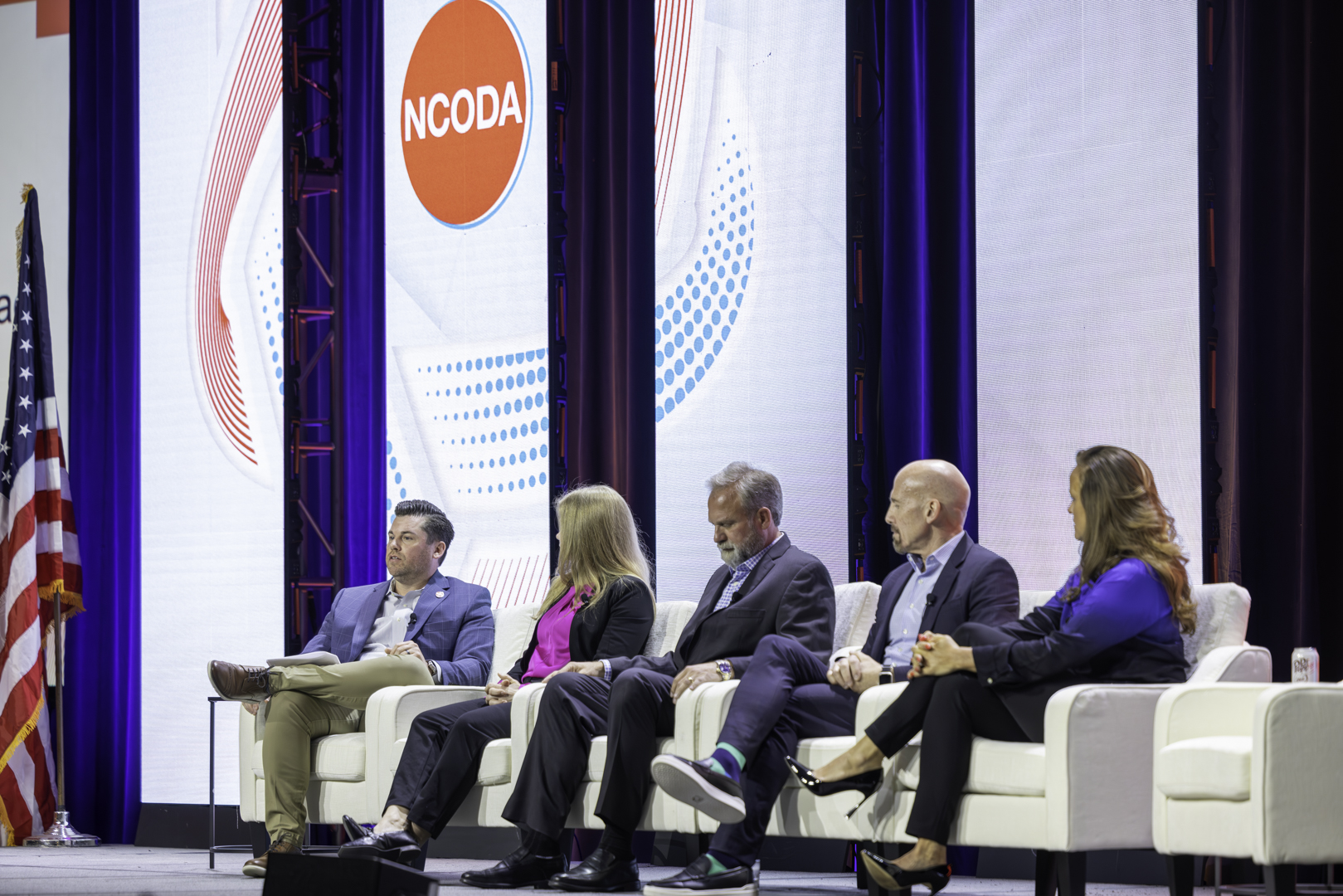OncolyticsToday: A New Way to Treat Brain Cancer?
Published Date: April 22, 2025
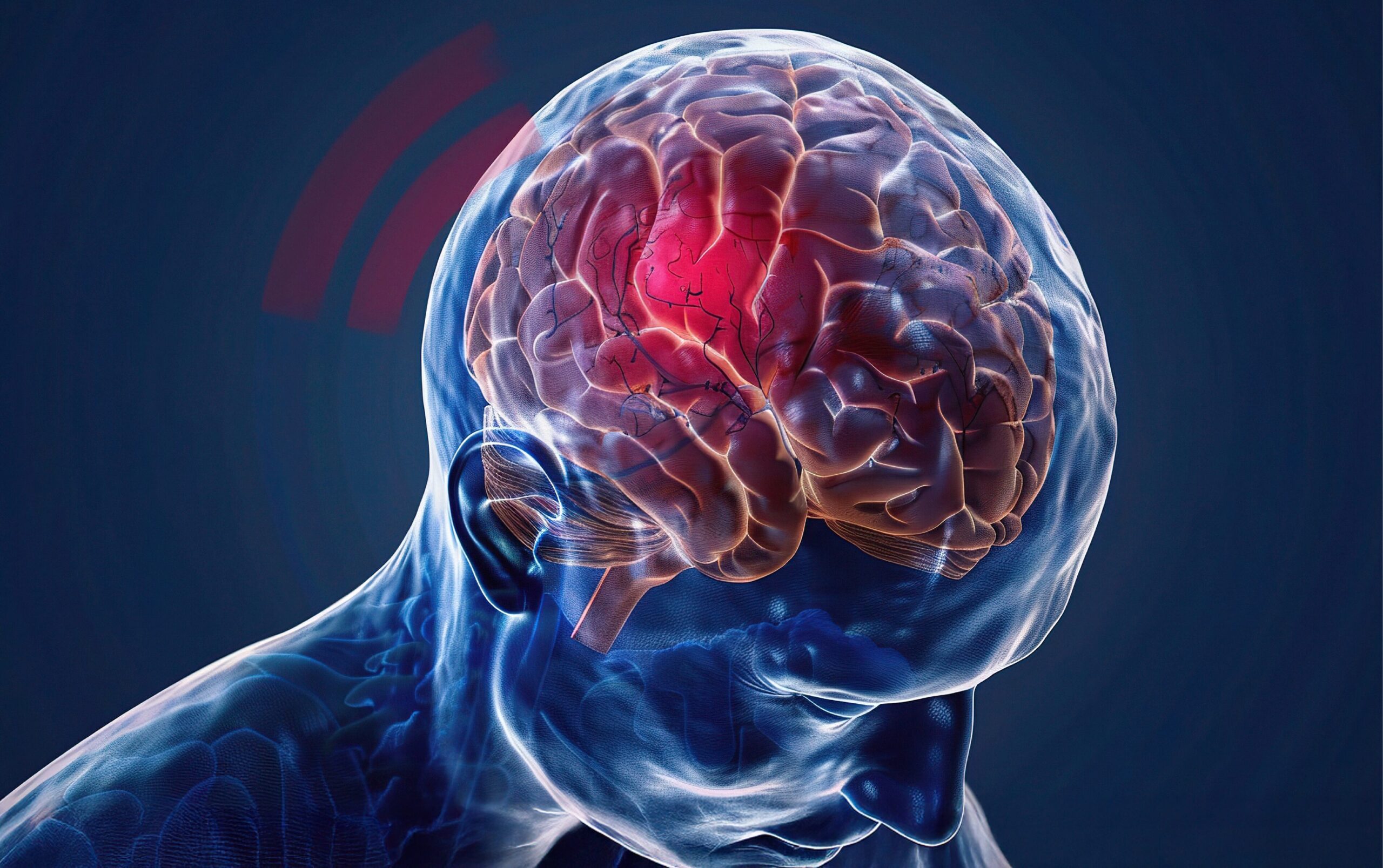
TREATMENT OF RECURRENT GLIOMA BY RHENIUM (186RE) OBISBEMEDA (186RNL): A PHASE 1 CLINICAL TRIAL
By Andrew Brenner
A Phase 1 clinical trial investigating the use of Rhenium (186Re) Obisbemeda (186RNL) for treating recurrent glioma was recently conducted across multiple centers and aimed to evaluate the safety, tolerability and preliminary efficacy of 186RNL delivered via convection-enhanced delivery (CED). CED is a novel method utilizing recent advances in radionuclide therapy to bypass the blood-brain barrier, allowing for direct delivery of therapeutic agents to the brain tumor.
The trial, NCT01906385, was led by Andrew Brenner, MD, PhD, a professor of medicine in the Division of Hematology and Oncology at The University of Texas Health Science Center at San Antonio. The research team included William T. Phillips, MD, Joel E. Michalek, PhD, and John R. Floyd, MD, also of The University of Texas Health Science Center at San Antonio; Toral Patel, MD, and Michael Youssef, MD, of the University of Texas Southwestern Medical Center of Dallas, Ande Bao, PhD, of Case Western Reserve University, Cleveland; Jeffrey S. Weinberg, MD, and Carlos Kamiya Matsuoka, MD, of the University of Texas MD Anderson Cancer Center, Houston; and Marc H. Hedrick, MD, MBA, Norman LaFrance, MD, and Melissa Moore, PhD, of Plus Therapeutics, Austin, Texas.
The study involved 21 patients who received varying doses of 186RNL, with the primary goal of determining the maximum tolerated dose (MTD) and secondary objectives including safety, dose distribution, overall response rate (ORR), progression-free survival (PFS) and overall survival (OS).
BACKGROUND AND RATIONALE
Glioblastoma is the most common primary brain tumor in adults, with a high recurrence rate at the original location. Standard treatment includes surgical resection, radiation therapy, and chemotherapy with temozolomide.
However, recurrent glioblastoma has a poor prognosis, with median overall survival (mOS) typically ranging from 7.4 to 9.2 months after first progression and approximately four months after second progression. There is a significant need for treatments that can directly target the tumor while sparing healthy tissue.
External beam radiation therapy is limited by the need to avoid toxicity to surrounding brain tissue, restricting the dose to about 60 Gy. Recent advances in radionuclide therapy, which uses beta-and alpha-emitting radionuclides, offer a potential solution due to their shorter path lengths and ability to target tumors more precisely. CED bypasses the blood-brain barrier, allowing for direct delivery of therapeutic agents to the brain tumor.


STUDY DESIGN AND METHODS
The trial used a modified 3+3 dose escalation design, with doses ranging from 1 mCi to 22.3 mCi of 186RNL. Patients were enrolled between March 2015 and April 2021, with three screen failures due to various reasons.
The study was conducted at three sites: UT Health San Antonio, UT Southwestern Medical Center and MD Anderson Cancer Center. Eligible participants were adults with histologically confirmed recurrent WHO Grade 3 or 4 glioma, with an enhancing tumor volume within the treatment field volume. Patients had to have completed standard treatments and have stable liver, renal and hematologic function.
CED was used to deliver 186RNL directly to the brain tumor. This method relies on bulk flow to distribute the infusate through the interstitial spaces of the brain tissue, allowing for homogeneous distribution over clinically relevant volumes. The study utilized BrainLab Flexible CED catheters and real-time SPECT/CT imaging to monitor the distribution of 186RNL.
RESULTS
Demographics and Patient Characteristics: Among the 21 patients treated, the mean age was 53.1 years, with 66.7% being male and 90.5% being white. Most patients had Grade 4 glioma, with 62% experiencing their first recurrence, 33% their second recurrence, and 5% their third or later recurrence. Prior treatments included temozolomide, radiation, surgery and bevacizumab.
The study demonstrated that 186RNL can deliver high radiation doses to brain tumors with minimal toxicity, showing potential survival benefits. The MTD was not reached, and no DLTs were observed.
Safety and Adverse Events: The study found no dose-limiting toxicities (DLTs), and the MTD was not reached. Most adverse events (AEs) were mild (71.7%) to moderate (21.4%), with 6.9% graded as severe. The majority of AEs were unrelated to 186RNL, with only one AE (scalp discomfort) considered definitely related to the CED catheter placement.
The most common AEs were fatigue (57.1%) and headache (47.6%), which resolved without treatment. Serious adverse events (SAEs) were reported in 10 cases, all grade 3 or less, with only one SAE (vasogenic cerebral edema) possibly related to 186RNL.
Volume of Distribution and Dosimetry: The mean volume of distribution (mVd) across all cohorts was 44.19 mL, increasing with each cohort. The highest mVd was observed in Cohort 6 (65.57 mL). The percentage of tumor volume treated ranged from 7.6% to 100%, with 12 out of 21 tumors receiving ≥70% coverage. The radiation-absorbed dose to the tumor ranged from 8.9 Gy to 739.5 Gy, correlating positively with the percent of tumor covered and the volume of 186RNL infused. Urine and blood samples showed the highest radioactivity in the first 24 hours posttreatment, with the absorbed dose in blood being minimal.
Efficacy: The overall response rate (ORR) was determined by RANO criteria, with 57.1% of patients exhibiting stable disease, 4.8% partial response, and 38.1% progressive disease. The median progression-free survival (mPFS) was 4.0 months, and the median overall survival (mOS) was 11.0 months.
Patients receiving ≥100 Gy absorbed dose had significantly better outcomes, with an mPFS of 6.0 months and an mOS of 17.0 months, compared to those receiving <100 Gy (mPFS of 2.0 months and mOS of 6.0 months).
DISCUSSION
The study demonstrated that 186RNL can deliver high radiation doses to brain tumors with minimal toxicity, showing potential survival benefits. The MTD was not reached, and no DLTs were observed. The correlation between higher absorbed doses and improved survival outcomes suggests that 186RNL delivered via CED could be a promising treatment for recurrent glioma.
The trial highlighted the importance of achieving high tumor coverage and absorbed doses to maximize therapeutic benefits. Technological advancements in catheter design, neuro-navigation, and in silico planning have improved the precision and efficacy of CED.
The ability to visualize the delivery of the therapeutic agent in real-time using SPECT/CT imaging is a unique advantage of this approach.

LIMITATIONS AND FUTURE DIRECTIONS
Several limitations were noted in the study, including the small sample size and the variability in doses, administration rates and tumor sizes. The use of SPECT imaging for dosimetry has inherent limitations, and further analysis using three-dimensional dosimetry is ongoing. The technical challenges of CED and the need for sophisticated infrastructure were also acknowledged. The study’s findings are preliminary and require further validation in larger, Phase 2 trials. The ongoing Phase 2 study will utilize the highest dose parameters from Cohort 6 and focus on patients with one recurrence and tumor sizes of 20cm3 or less. The primary endpoint for the Phase 2 study will be overall survival.
CONCLUSION
The Phase 1 trial of Rhenium (186Re) Obisbemeda (186RNL) delivered via convection-enhanced delivery for recurrent glioma demonstrated that high radiation doses can be safely administered with minimal toxicity.
The study showed promising survival benefits, particularly for patients receiving higher absorbed doses. The trial will proceed to Phase 2 to further evaluate the efficacy and safety of this novel treatment approach.
Additional Information
This article is an AI-generated summary of the NCT01906385 Phase I Clinical Trial manuscript. Oncolytics Today occasionally use AI-generated content to increase efficiencies and provide certain insights, but it may not reflect human expertise or opinions. Material used for this article was provided by the authors and publisher of the cited article with permission under a Creative Commons International license which permits use, sharing, adaptation and reproduction. The original material can be accessed using the included QR code link. To view a copy of the Creative Commons International license, visit http://creativecommons. orglicenses/by/4.0/.
